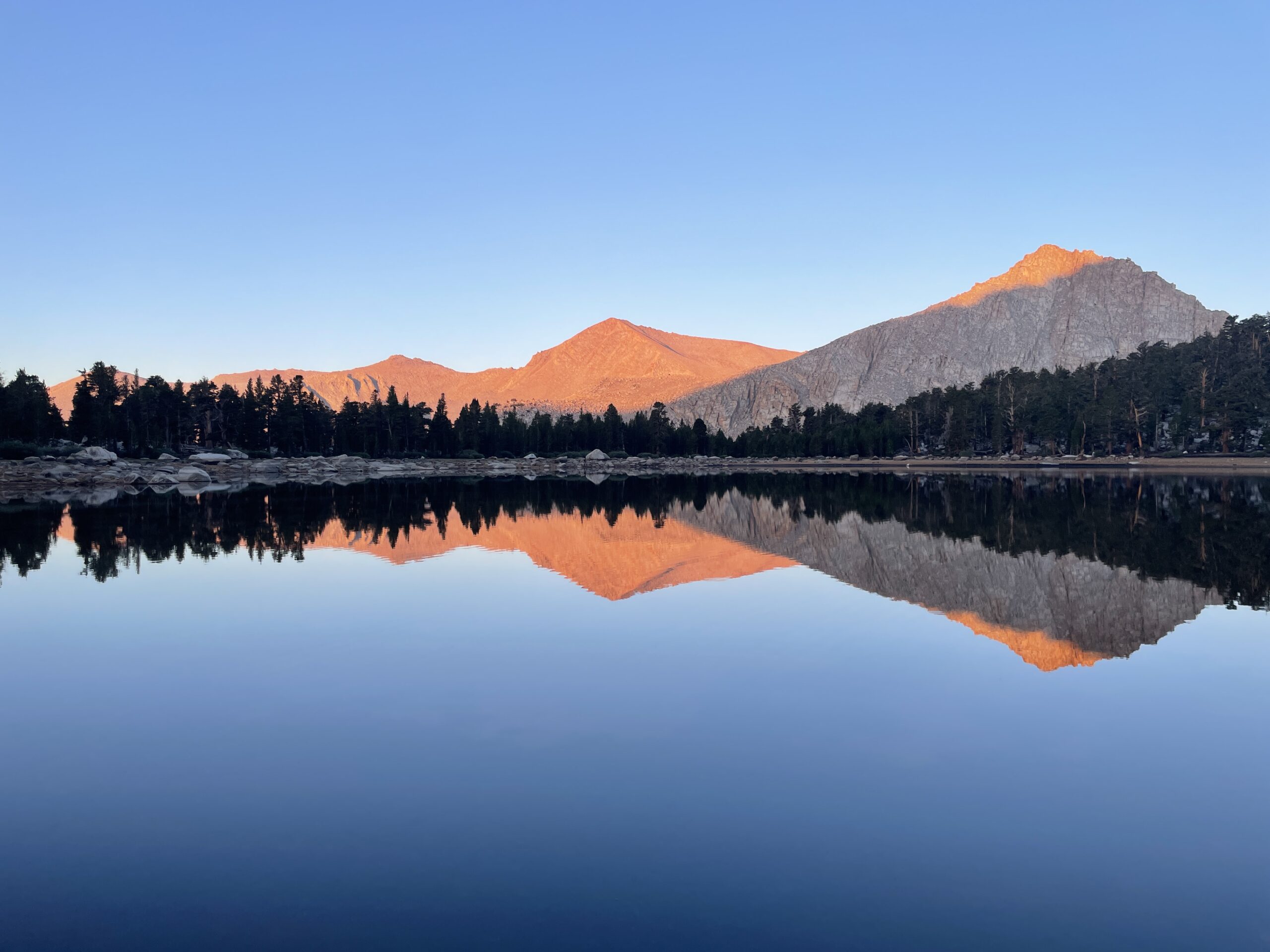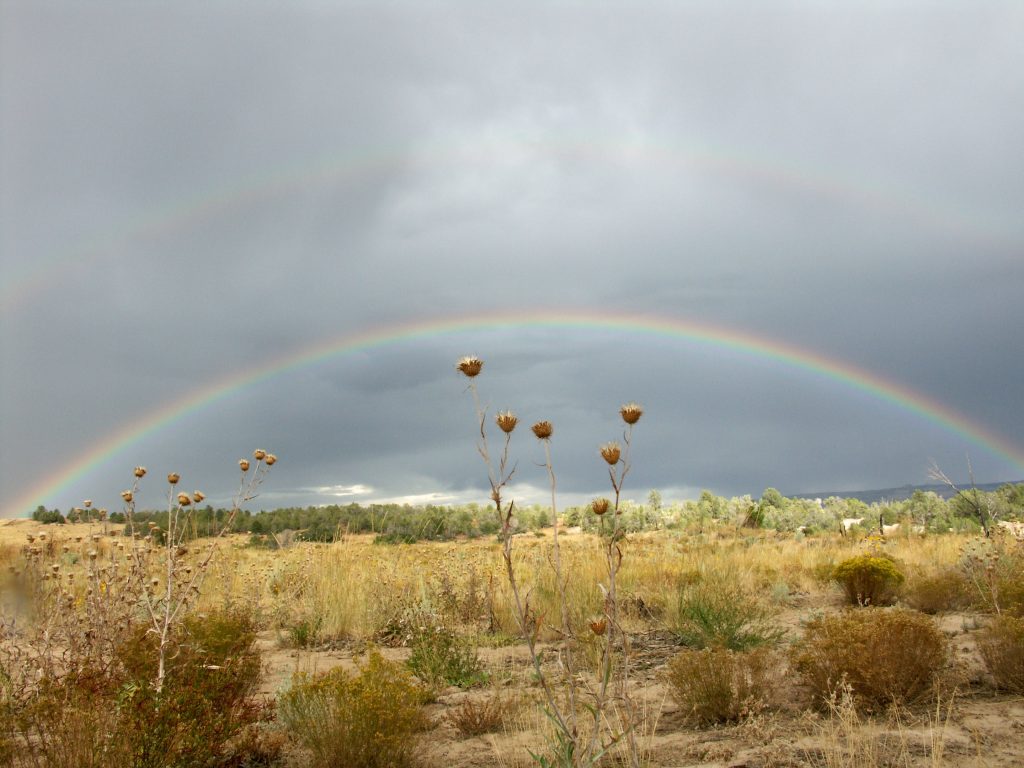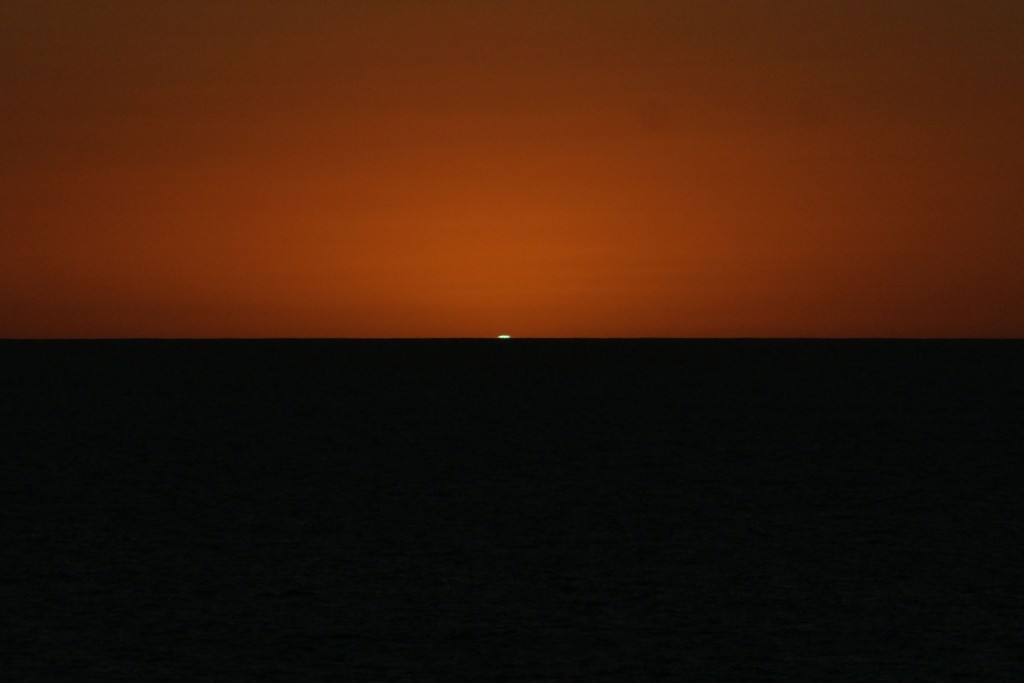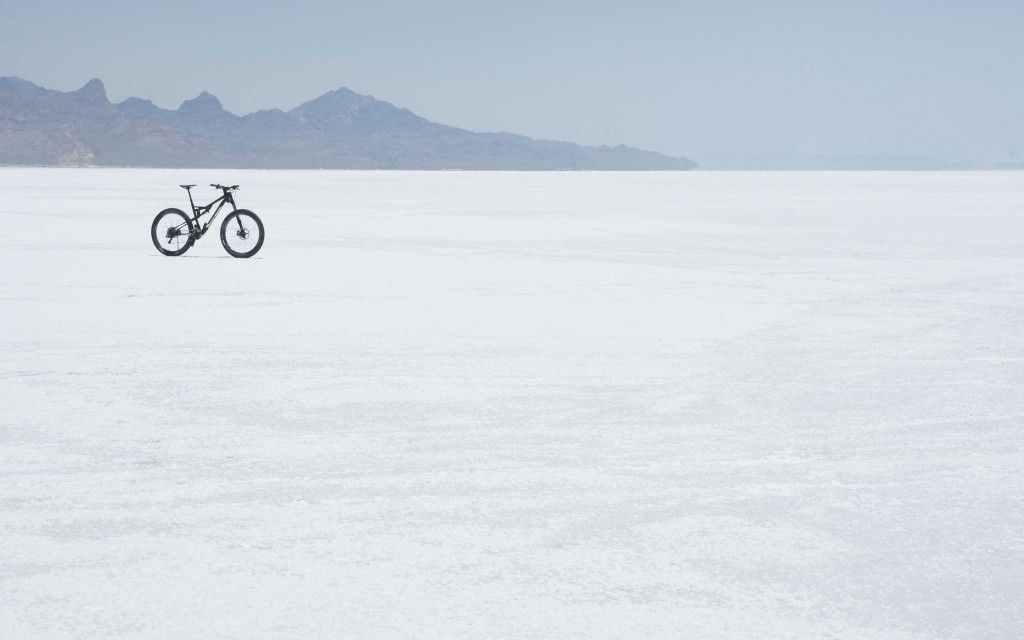The Meaning and Significance of Christmas
Merry Christmas. I was thinking about the significance of the meaning of Christmas this morning and this is what crossed my mind. Christmas is the pivotal point in our reality when God entered unidirectional time – in essence – limiting Him/Herself into this constrained dimension of existence.
As the tripartite God before “time”, S/He would be free to move forward and backwards within this dimension, but by entering our creation in physical form, S/He constrained Themselves to travel only linearly in the flow of our unidirectional time and gave up that aspect of “god-ness” that pre-time GOD could traverse. S/He limited himself/herself (did not grasp on to that essence of omnipotent time-traveling god-ness” in order to demonstrate something about Him/Herself.

The funny thing about unidirectional time is that it is only within the confines of unidirectional time that there can be a truth. For Truth is the reality that does not change over time, and if there is an entity that can traverse time and affect the reality in the “past” or in the “future” it would render history malleable and there could be no TRUTH. But once we have unidirectional time, we can have Truth – something that does not change in the past, in the present, or in the future (within the constraints of unidirectional time). And it is only here that we can have a story (that does not change) – a history (and herstory). And it is into this realm of unidirectional time that God through Jesus inserted Him/Herself in order to demonstrate some aspect of Truth about Him/Herself. I believe that Truth is the revelation of God’s most defining characteristic – that of Compassion – that S/He is the God who suffers WITH us so that we are ultimately not ALONE. Here is a God who does not run away or distance themselves from suffering, but embraces (our) suffering in order to cure (our) aloneness. All this because God chose to confine Him/Herself into unidirectional time so that there could be a Truth about Him/Her to demonstrate. On this Christmas holiday, we welcome the infinite Creator God into our unidirectional timeline and look towards His/Her demonstration of Compassion toward us and to our hurting world.
















